A recent EPA settlement to a lawsuit filed by the Chesapeake Bay Foundation, Maryland, Delaware, Virginia, the District of Columbia, and others will directly impact animal agriculture in PA. The settlement is the next step in the long journey of Chesapeake Bay pollution reduction and is not surprising. The date of the settlement is surprising, however. Rosetree Consulting has been preparing our customers for this process to play out after 2025, not before. So what now? We’ve created a series of articles to help bring you up to speed on the recent settlement, how we got here, and what farms should be doing now to prepare for possible EPA site visits.
Part 1: The Settlement
The entire settlement can be found here, and you are encouraged to take a few minutes to read it. In the original lawsuit, EPA was sued for not enforcing Chesapeake Bay nutrient and sediment reduction obligations in PA & NY. New York came to an agreement with EPA on their reduction goals. Below are the highlights of the settlement, as summarized by Penn State Center for Agricultural & Shale Law. The 4th bullet point is a big concern, and we’ll discuss that below.
- Within 60 days, EPA will compile and release data on administratively extended Pennsylvania NPDES General Permits. The Concentrated Animal Feeding Operation (CAFO) General Permit form expired earlier this year. EPA and PA DEP are still discussing how to renew these permits. In the meantime, all operations seeking CAFO permit coverage must apply for an Individual CAFO Permit, which is more expensive and takes additional time.
- Within 60 days, EPA will “maintain or increase compliance-assurance activities” on existing CAFOs within PA’s Tier I counties (Lancaster and York) and Tier II counties (Franklin, Lebanon, Cumberland, Centre, and Bedford).
- Within 60 days, EPA will issue a public statement of the Agency’s planned maintenance or increase in compliance-assurance activities in Pennsylvania on the EPA’s Chesapeake Bay TMDL website. The settlement requires EPA to post summaries of all activities on the website for public review.
- Within 120 days, EPA will identify Animal Feeding Operations (“AFOs”) in York & Lancaster Counties that meet the regulatory criteria for designation as a small CAFO.
- Beginning on March 21, 2024, and continuing until December 31, 2025, if EPA believes that Pennsylvania is not making sufficient progress toward its portion of the 2025 Goal, EPA will “begin to evaluate AFOs in Franklin, Lebanon, Cumberland, Centre, and Bedford Counties” for the same purposes.
- Within 240 days, EPA will begin to evaluate additional PA discharge sources not presently subject to federal point source discharge regulations. EPA will “confer with PA, regarding the possibility of designating certain source or source categories as needing to obtain a point source permit.”
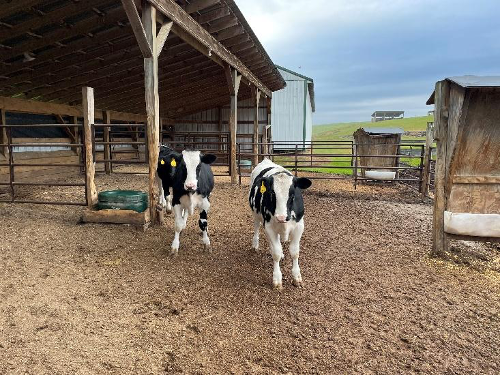
EPA has only a few tools for moving PA towards its Ches Bay nutrient reduction goals. It can:
- Withhold funding
- Modify state general permits
- Use the CAFO program
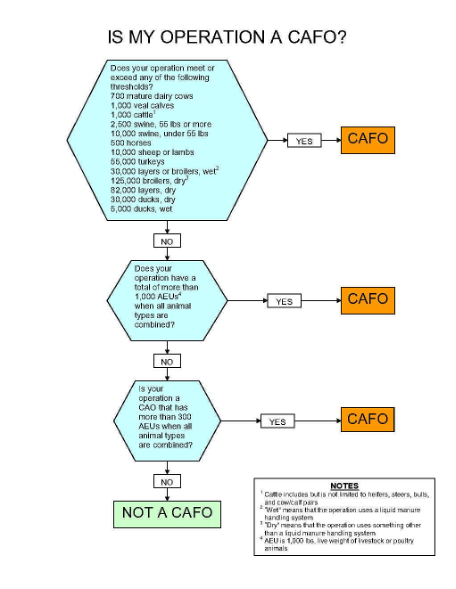
The CAFO program is a federal program implemented in Pennsylvania through PA DEP. There are three levels of CAFO that EPA can enforce – small, medium & large. To date, it has only chosen to enforce medium & large CAFOs. Penn State provides the following chart showing CAFO thresholds for Pennsylvania.
EPA’s thresholds for Small, Medium & large CAFOs can be found here. The designation of a farm as a small CAFO is discretionary – EPA can designate any animal operation as a CAFO if the farm is found to be “a significant contributor of pollutants.” So let’s go back to that 4th bullet point which says that EPA plans to conduct site visits on non-CAFO farms and look for signs of pollution. If the farm is found to have “significant contributions to pollution,” it can be forced to obtain a CAFO permit. Furthermore, this agreement provides options to challenge EPA on the designated status of any individual farm following the site visit.
Let’s create some examples to follow –
- EPA visits a dairy operation in Lancaster County. The operation is under 2 AEU per acre, so it does not have an Act 38 Nutrient Management Plan but has a Manure Management Plan in place. They have little recordkeeping completed. In addition, inspectors find the pasture overgrazed and an earthen-lined lagoon. All three of those things could be enough justification for the EPA to require a CAFO permit for the operation.
- A poultry operation has a Manure Management Plan, but the design did not account for sheep grazing in the sediment basin. Inspectors also find clear evidence of ammonia loss from poultry house fans. Both of these things could be enough justification for EPA to require a CAFO permit for the operation.
- A dairy farm has everything – voluntary Act 38 Nutrient Management Plan, great records, and riparian buffers along the stream. They are the largest animal operation in their watershed. EPA gives them a passing inspection. That EPA inspection is challenged because the farm is the largest animal operation in their watershed. EPA may force that dairy to obtain a CAFO permit.
We’re not looking to scare people; just inject sobriety into the conversation. Let’s say 10% of animal operations in Lancaster & York counties currently have an Act 38 Nutrient Management Plan. What percent does EPA, or other challenging organizations, think is necessary to achieve pollution reductions in these counties? Is it 20%? 50%? Could it be 80%?
Only time will tell what happens next, but we all know this is not a new issue for PA – there is a long history of failures. It’s time for each animal operation to start planning for what could be inevitable. The next two parts of this series will focus on the history of the Chesapeake Bay water quality regulations and what farms should do to prepare.
Part 2: How We Got Here: The History of Chesapeake Bay Regulations in Pennsylvania
The Environmental Protection Agency’s (EPA) settlement with the Chesapeake Bay Foundation and mid-Atlantic states on Pennsylvania’s inability to meet 2025 Clean Water Goals is not a surprise, and did not come out of “nowhere.” We’ve been discussing with our clients the ramifications of PA not meeting the 2025 clean water goals for a few years, although we did not expect any EPA actions until after 2025. The journey to the recent EPA settlement started around 50 years ago with the passage of the Clean Water Act. A thorough timeline of events can be found at the Chesapeake Bay Foundation’s website.
As early as 1983, EPA and, environmental groups & Chesapeake Bay states (including Pennsylvania) entered into agreements to reduce nutrient and sediment pollution significantly. These agreements have been routinely amended to set pollution reduction goals, culminating with the 2025 Clean Water Goals. As early as 2016, it was evident that PA was not going to meet the established 2025 goals, but there was little pressure applied to PA to force it to catch up. EPA’s reluctance to enforce the implementation of the Clean Water Act in PA led to numerous lawsuits through the years, and each time a lawsuit was filed, EPA lost and was forced to take additional actions to implement the Clean Water Act in PA. Meanwhile, in PA… The state’s Act 38 Nutrient Management Program (NMP) is providing regulatory oversight on less than 10% of animal operations across the state. While the other 90% of animal ag operations are required to have a Manure Management Plan (MMP), these MMPs are not recognized by EPA as a nutrient management plan because they do not require basic things like soil tests, manure tests, or manure spreader calibrations that are essential for managing nutrients & reducing environmental risk. There were no legislative initiatives to increase the number of farms regulated by the Act 38 program, even though the evidence was becoming clearer that the state’s efforts to meet EPA Total Maximum Daily Load (TMDL) plans were falling short.
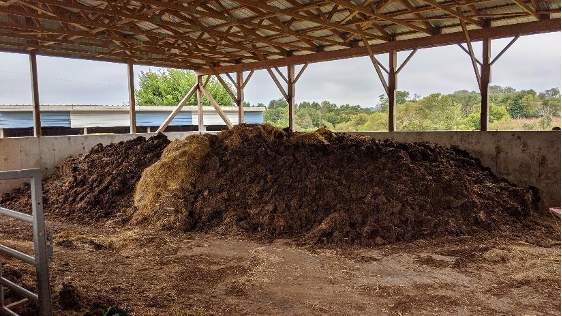
We can all agree that regulatory oversight by EPA on farms is undesirable. However, some regulatory oversight is needed to show that farms manage nutrients responsibly and that measures are in place to reduce the risk of nutrient loss into surface water. We can most likely agree that if a Manure Management Plan / Nutrient Management Plan is required of us, we’d like it to count toward the 2025 Chesapeake Bay goals. We can also all agree that local regulatory oversight is better than federal oversight.
The state could do a few things to reduce the risk of further expansion of the EPA Concentrated Animal Feeding Operation (CAFO) program. First, the legislature could reduce the threshold for requiring an Act 38 Nutrient Management Plan from 2.0 Animal Equivalent Units (AEUs) per acre to 1.5 or less. Second, the Department of Environmental Protection (DEP) could consider amending Manure Management Planning policies so all farms in the state are following the same regulations. It’s hard to understand why the state adopted a Manure Management Template that they knew did not meet EPA criteria for Chesapeake Bay nutrient reductions.
There’s no point in pointing fingers and assigning blame for inadequate actions because we’re all to blame. EPA wanted PA to meet nutrient reduction goals on their own, without strong oversight. PA DEP & legislature worked closely with Farm Bureau and other farmer-facing groups to develop a framework that would encourage voluntary nutrient planning in order to avoid strong oversight. It hasn’t worked. Organizations, like the Chesapeake Bay Foundation, irritated about EPAs reluctance to enforce existing regulations & impatient for measurable change in the bay’s water quality, did the only thing they could do – sue EPA. In the third part of this series, we’ll focus on getting our farms ready for potential EPA inspections and what operations can do to avoid serious economic hardships as a result of this ruling.
Part 3: Next Steps for Pennsylvania AFOs to Prepare for EPA Inspections
With the recent settlement of the lawsuit between the Environmental Protection Agency (EPA) & Chesapeake Bay Foundation and mid-Atlantic states regarding Pennsylvania’s inability to meet water quality goals, farms in Tier I counties (Lancaster & York), as well as Tier II counties (Lebanon, Cumberland, Franklin, Bedford & Centre), should start developing action plans to address possible EPA farm visits and protect themselves from violations. Even before an operation looks to roof a barnyard, expand manure storage or invest in other big-dollar BMPs, there are some logical steps that should be taken to meet current regulations & confirm any needed conservation investments are worth it.
Planning & Recordkeeping: Make sure your plans are up to date! Soil Conservation Plans / Ag E&S Plans should be reviewed periodically to verify that tillage practices & rotations listed in the plan are still accurate. Manure Management Plans & Nutrient Management Plans should be reviewed annually by the operation. In a Manure Management Plan, there is a sentence just below the operation’s contact information that says “…Manure Management Plans must be evaluated by the owner/producer annually and updated when necessary to keep the plan consistent with farm management practices.” We include an annual signature page in the Manure Management Plans for farms to sign. Remember – without written verification that “something” is done, that “something” never happened!
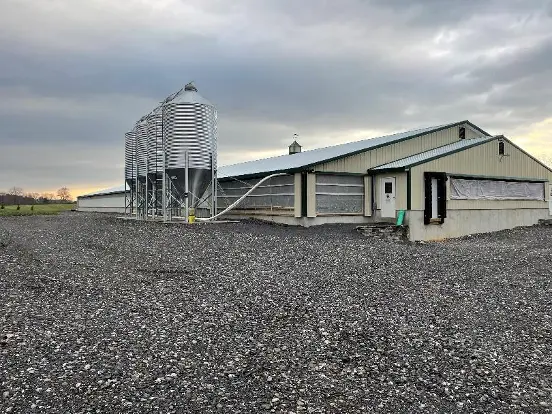
According to EPA’s Final 2022 PA Animal Agriculture Program Assessment, 17% of existing Confined Animal Feeding Operations (CAFO) and Confined Animal Operations (CAO) were found non-compliant, with most non-compliance issues centering around out-of-date soil tests & manure tests, as well as inadequate recordkeeping. We strongly recommend farms keep the following records, regardless of their regulatory status:
- Soil tests current within 3 years
- Annual manure testing for all manure groups
- Manure application dates, rates, and fields applied
- Total amount of manure transferred to other farms
- Annual crop yields
- Weekly documentation of manure storage freeboard
- Operation & Maintenance activities for manure transfers, manure storages, heavy-use areas, etc.
If you are in need of recordkeeping templates, DEP’s Manure Management Manual) provides recordkeeping forms for use. Our Regulatory Consulting planners meet with our CAO & CAFO customers annually to ensure recordkeeping is done correctly. If you have a need for recordkeeping assistance, call us today.
Evaluation & Planning: Be honest with yourself. Most farms know where their “environmental disasters” are – the old earthen-lined dairy lagoon, the overgrazed pasture, or the unroofed barnyard. Identification of environmental problems should be a part of your Ag E&S Plan or Nutrient Management Plan, so make sure you look through your plans. Involve your Rosetree Regulatory Consultant if you don’t have updated plans or want to have a discussion about your environmental liability risks. Next, talk with your advisory team (accountant, banker, business planner, etc.) to identify which enterprises are profitable enough to justify additional investment, which might be scaled back or mitigated, and which should be eliminated. Engage your local Conservation District & NRCS staff to see what cost-share opportunities exist to help offset these conservation investments. Finally, use the outcome of those conversations (yes – conversations [plural] that you will have over a period of months!) to modify your business plan with achievable goals that can be implemented within 3-5 years. Update your conservation plan and/or nutrient plan to reflect these goals, as these are the plans EPA and other regulatory agencies use to determine compliance & verify implementation timelines.
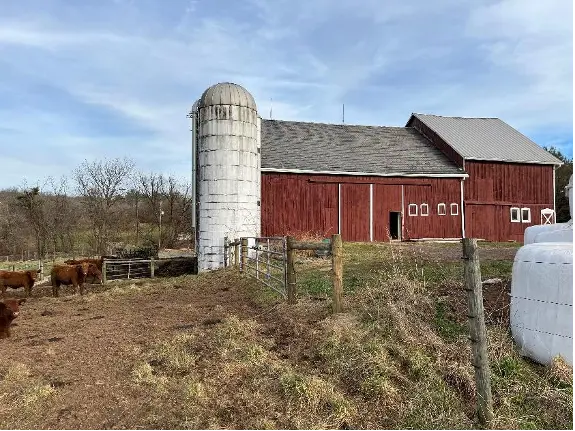
If you have further questions or concerns, Rosetree Consulting is happy to answer them for you. Contact us today.

